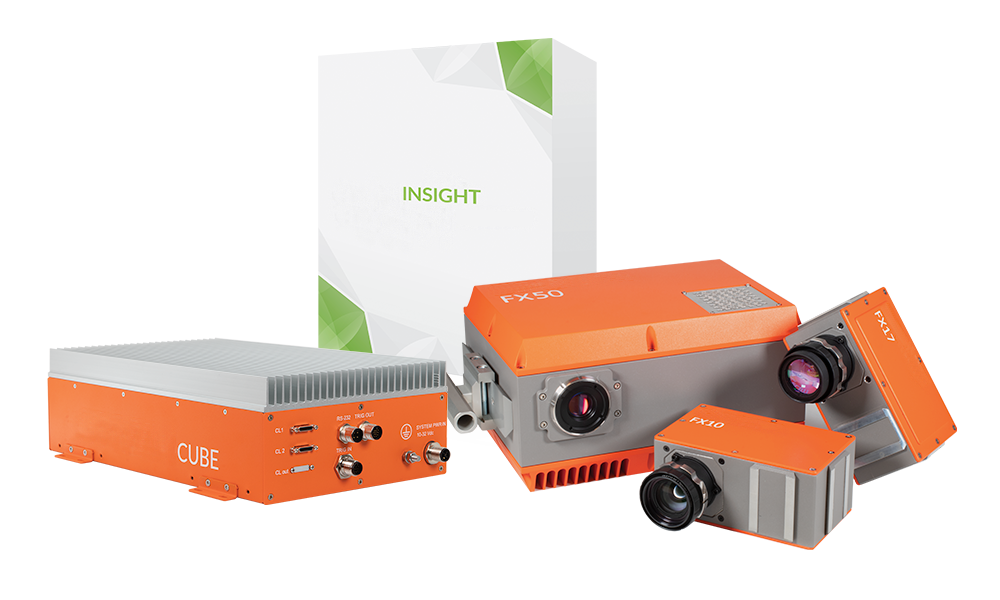Current Challenges and Future Prospects
As
mentioned above, hyperspectral imaging technology shows great potential
in the coffee industry, as many high-performing models have been
established in HSI-based research, covering various aspects such as
coffee composition detection, flavor prediction, defect inspection,
variety or origin identification, and characteristic classification.
However, the number of coffee-related studies using HSI technology is
currently insufficient, leading to a lack of practical experimental
cases for reference. Additionally, as far as the authors know, few
authoritative published studies have utilized HSI technology to research
coffee beverages and coffee cherries, with the current limitations of
HSI in liquid measurement possibly being a reason for the former, and
the latter as an emerging consumer trend having not yet garnered
corresponding attention in the HSI field. Therefore, there is an urgent
need for innovative methods to reduce or eliminate the inconvenience of
spectral methods in beverages and to apply HSI technology in line with
market trends. It is expected that by differentiating coffee varieties
or origins based on different coffee states (green coffee, roasted
coffee, ground coffee, and coffee liquid) and combining intelligent
algorithms with HSI systems, it will greatly assist in practical
industrial production and processing.
Currently,
equipment for quantitative coffee quality and flavor assessment is
scarce and expensive, with limited functionality, which has prompted
expectations for more research on optical testing methods. These methods
should be non-destructive to coffee attributes and flavor-related
components, capable of rapid response, and adaptable to various coffee
brewing processes, including pour-over, drip, French press, pressure
pot, siphon, and more. Additionally, sensory assessment is relatively
subjective, requiring professional technicians for tasting. A new
evaluation system based on HSI instrument quantitative indicators may be
a more objective, flexible, and practical alternative. Furthermore,
numerous value-added products can be derived from the large volume of
by-products generated during coffee processing, including elements or
substances extracted from lipids, lignin, caffeine, biofuels, etc.,
which are highly beneficial for sustainable management of the coffee
industry. Looking ahead, applying HSI technology to test the components
of used coffee grounds and predict their potential uses as deodorizers
or adsorbents, fertilizers, or even biochar will become a major trend in
the field of food sustainability.
The Key Role of Digitalization in the Global Development of the Coffee Industry
The
role of digitalization in the global development of the coffee industry
cannot be underestimated. A comprehensive digital system should
encompass fundamental theoretical knowledge, value systems, robust
architecture, and efficient usage methods. These three elements are
closely interconnected and essential. Recent research has emphasized the
significant potential of hyperspectral imaging technology in
identifying coffee characteristics, ensuring coffee quality, and
tracking coffee origins. This technology is particularly suitable for
detecting specialty coffee, providing a non-destructive method that
minimizes resource waste and improves the accuracy of quality analysis.
Integrating digital twin technology into this framework can further
amplify these advantages. A digital twin, which is a virtual
representation of the coffee production process, can provide real-time
insights and predictive analytics, thereby enhancing decision-making and
operational efficiency. This integration can also promote the
systematic use of hyperspectral imaging technology in the coffee
industry, narrowing the gap between experimental and actual industrial
applications.
However,
the application of hyperspectral imaging technology in coffee is still
in the experimental stage, lacking systematic methods. Transitioning
hyperspectral imaging technology from laboratory applications to
industrial and individual user levels requires addressing various
software and hardware challenges. Innovative solutions, such as data
augmentation, transfer learning, semi-supervised learning, and active
learning, can help overcome these challenges, especially when dealing
with small sample sizes and high costs. Advances in equipment,
programming algorithms, and cloud computing will enable hyperspectral
imaging technology to meet the needs of different end-users.
Researchers
are encouraged to explore the integration of hyperspectral imaging
technology with conventional camera recognition technology to develop
cost-effective, user-friendly coffee detection devices. These
innovations are expected to drive the development of the coffee
industry. The rapid advancement of electronic and sensor technologies
will lead to the emergence of more advanced hyperspectral cameras. These
advanced cameras will provide higher spectral and spatial resolution,
enabling the capture of finer and more accurate image data from the
objects being detected. Therefore, this improvement will significantly
enhance the ability to identify subtle differences in spectral features,
which will benefit a wide range of applications. It is anticipated that
hyperspectral cameras will evolve toward being smaller and lighter,
expanding their applications across various fields. Manufacturers may
also integrate these low-cost, miniaturized hyperspectral cameras into
different stages of processing and production systems to achieve
real-time data processing. Such progress will make hyperspectral imaging
technology more versatile, efficient, and accessible, with broad
implications for numerous industries. Consequently, smaller and more
affordable cameras may become a common feature in many consumer devices,
including smartphones. Smartphone applications equipped with
hyperspectral imaging technology will provide customers with
comprehensive real-time data about coffee. This includes its chemical
composition, such as vegetable oils, caffeine, and chlorogenic acid;
physical aspects, such as roasting degree and purity; biological
factors, including variety, genotype, and origin; and even historical
stories related to coffee.
Conclusion
The
final taste or flavor of coffee depends on various factors from farm to
cup, and can be predicted through the physical and chemical differences
of different varieties under varying processing conditions. As a fast,
real-time, and non-destructive optical technology capable of capturing
rich spectral and spatial information, hyperspectral imaging (HSI) shows
great potential in coffee quality assessment and control, defect
inspection, and characteristic and predictive classification. Despite
some breakthroughs already achieved in this field, there remain several
challenges, including the gaps in HSI for coffee beverages and coffee
cherry testing, the difficulty in establishing a sensory evaluation
framework for coffee based on HSI systems, the challenges in developing
applicable and cost-effective coffee quality assessment devices
integrated with HSI technology, and the potential for leveraging HSI
technology in the coffee industry for sustainable management. These
issues require further research and the emergence of more advanced and
innovative solutions to achieve digital transformation in the coffee
industry.
Related products: please click here